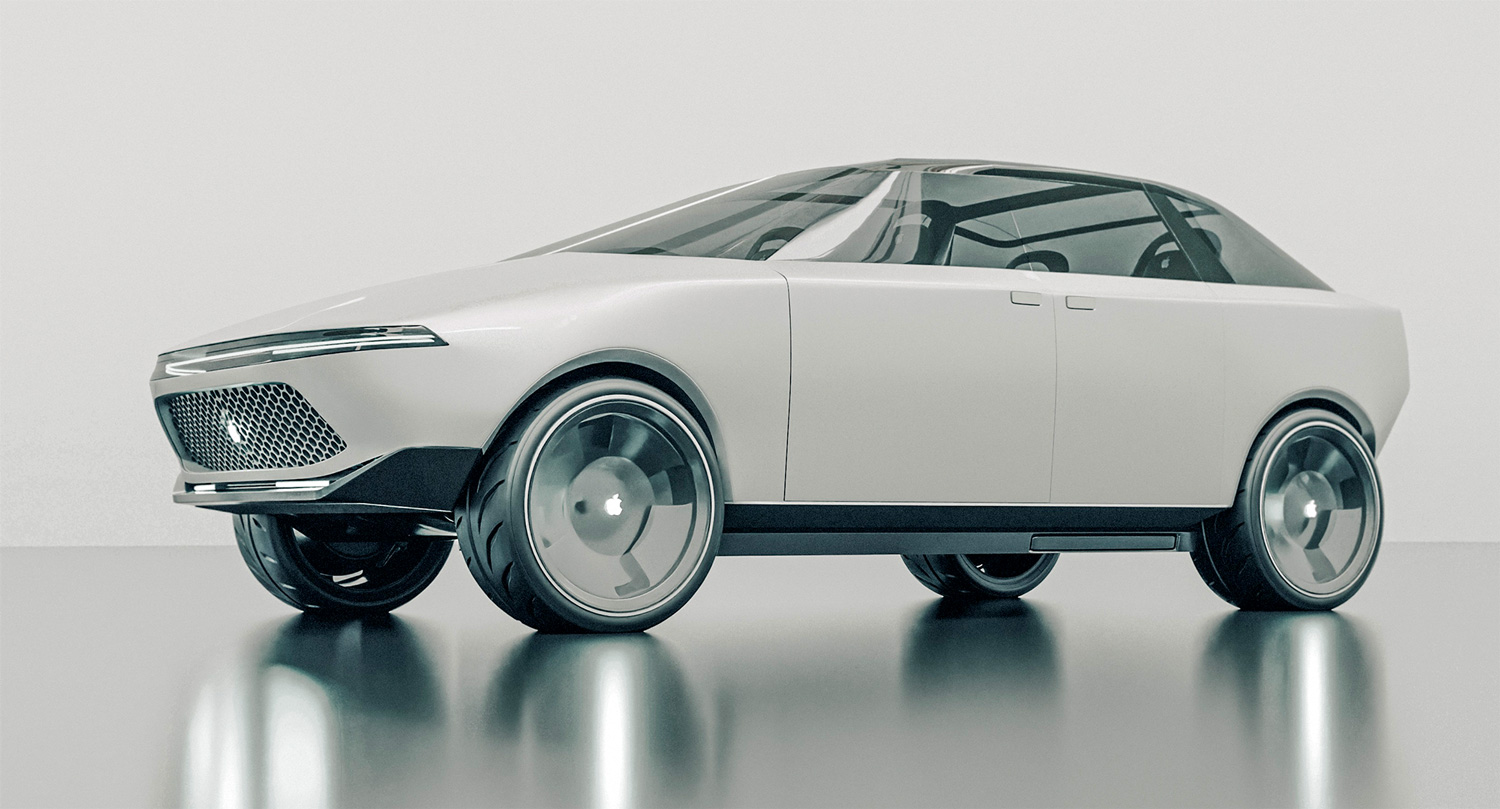
Following the news that the Apple Car project was axed, we now have more insight into Apple’s electric vehicle. Code-named “ Titan,” the project, spanning almost a decade, had another nickname coined by Apple employees: The Titanic disaster.
A new report from The New York Times aptly named “Behind Apple’s Doomed Car Project: False Starts and Wrong Turns” gives us a peak behind the curtain into the Apple Car project and the $10 billion Apple has “burned” trying to develop the vehicle.
Initially, the company wanted to create an electric vehicle to rival Tesla before moving to a self-driving car to rival Google’s Waymo. The report documents the constant internal battle to determine what the final product was meant to look like, with different executives having different visions throughout the course of the project.
Bryant Walker Smith, a professor at the University of South Carolina spoke to Apple in 2015 about the project. He told NYT, “When it started, it was aligning the stars on something Apple alone could hit a home run on,” but “A decade later, the stars have realigned to make this a lot of risk and not a lot of gain.”
According to NYT, “If it ever came to market, an Apple car was likely to cost at least $100,000 and still generate razor-thin profit compared with smartphones and earbuds.”
This report also reveals some interesting insight into Apple’s hunt for a new product following the launch of the Apple Watch in 2015. Apparently, engineers were itching for a new project to work on following the launch of the smartwatch.
Interestingly, NYT also reports that Apple, during this period, “held some discussions with Elon Musk about acquiring Tesla.” Just imagine the Tesla CyberTruck, Designed by Apple in California.
“A European minivan”
While we won’t see the Apple Car driving around the streets, this report gives an insight into what former Chief Design Officer, Jony Ive and his designers envisioned for the vehicle: “A European minivan such as the Fiat Multipla 600, which has a half-dozen windows and a curving roof. It had no steering wheel and would be controlled using Apple’s virtual assistant, Siri.”
Despite it being the end for the Apple Car, some of the technology developed for the vehicle could be used and applied to future projects. “The company plans to take what it has learned about artificial intelligence and automation and apply it to other technologies that are being researched, including A.I.-powered AirPods with cameras, robot assistants and augmented reality, according to three people briefed on the projects.”
With 2,000 employees working on the project, many will be shifted to Apple’s AI division, while others will need to apply for internal jobs with expected layoffs to follow.
Concept image created by Vanarama







